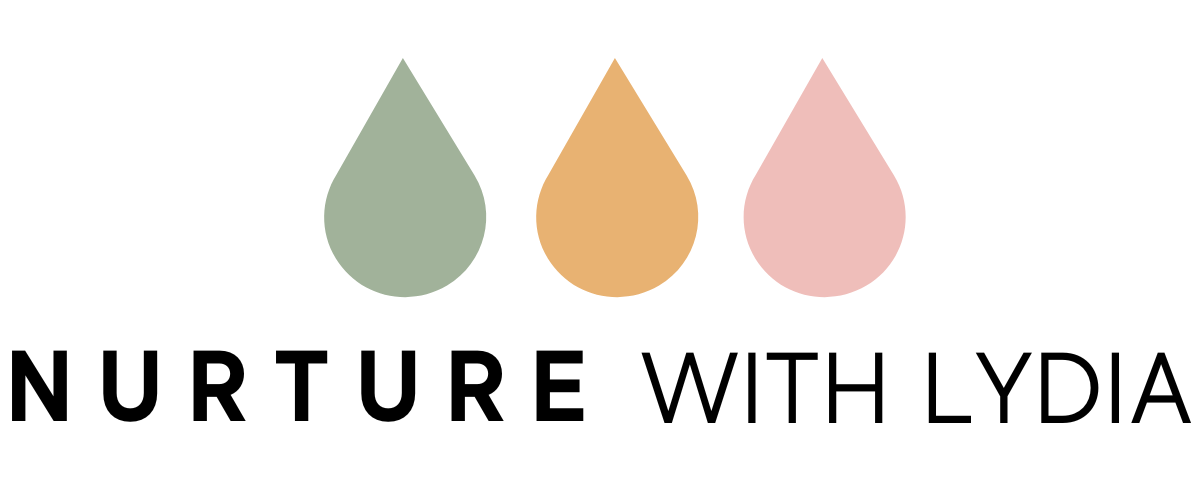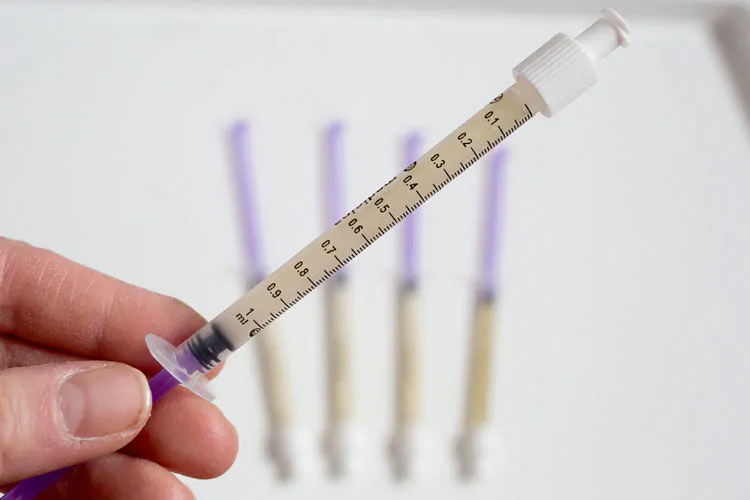How to store your harvested colostrum
Colostrum is the first milk that a mother produces and you can start to hand express and collect your colostrum from 36 weeks of pregnancy onwards, and if your pregnancy is low risk. Your midwife should discuss this with you, and it’s a good idea to speak to them about it before starting, especially if your pregnancy is high risk.
Harvesting your colostrum during pregnancy means that your baby’s first feed is ready for them if there are complications that mean breastfeeding is delayed or unable to take place initially. Read on to find out how to store your collected colostrum and bring it to the hospital safely.
Image source: Mum’s Grapevine - https://mumsgrapevine.com.au/2018/02/expressing-colostrum/
How do I collect my colostrum?
You do this by hand expressing which is compressing your breasts to squeeze the colostrum out of the nipple. This is a very useful skill to learn and if you would like to learn how to do so properly, I teach this in my Antenatal Feeding Sessions.
What do I store my colostrum in?
You can collect your colostrum with a 1ml syringe. You can withdraw the drops of colostrum that appear when you hand express either directly from the syringe, or use a sterile teaspoon first then withdraw the collected colostrum with the syringe. The reason why this is the recommended container for your colostrum is because it’s the easiest way to collect it without losing any precious drops, and it can be directly fed to your baby via the same syringe it was collected in.
Ask your midwife as she may provide them for you for free. If not, they are available to buy online but ensure they come with caps or lids.
Can I freeze my colostrum?
Yes. Frozen colostrum at a temperature of -18°C can keep for up to six months and you can store your milk in the back of the fridge at a temperature for 2-4°C for up to 24 hours before you freeze it.
Whilst some healthcare professionals may say that you can add more colostrum to a partially-full syringe for 24 hours before it has to be frozen, making sure you refrigerate the new colostrum for 1-2 hours first in a separate sterile container to lower the temperature, I recommend just freezing what you collect in one session to be on the extra safe side and reduce the risk of harmful bacteria entering or breeding within the syringe, and also to avoid losing precious amounts of colostrum when transferring from one container to another.
Make sure you label each syringe with the date and time you expressed, as well as your name - you don’t know which fridge your colostrum may end up when you’re in hospital.
Transporting your colostrum to hospital
Once your labelled colostrum is taken out of the freezer, it must be used within 24 hours. So don’t bring all of your colostrum, just bring some. If you have a long labour and have to dispose of your colostrum, someone can bring you some more if need.
When transporting your colostrum to the hospital, put your syringes in a re-sealable food bag to ensure they’re kept together, a small cool bag and ice blocks/ice to keep it cool.
As soon as you arrive at the hospital, tell your midwife that you have colostrum with you and they will store it in a hospital fridge for you.
How to defrost your colostrum syringe
Your frozen colostrum will thaw slowly in the fridge, but if you need to use it straight away, you can put the syringe under warm water (keeping the cap out of water to ensure no water leaks into the syringe) or place it in a container of warm water. Never use a microwave to reheat colostrum or breastmilk.

